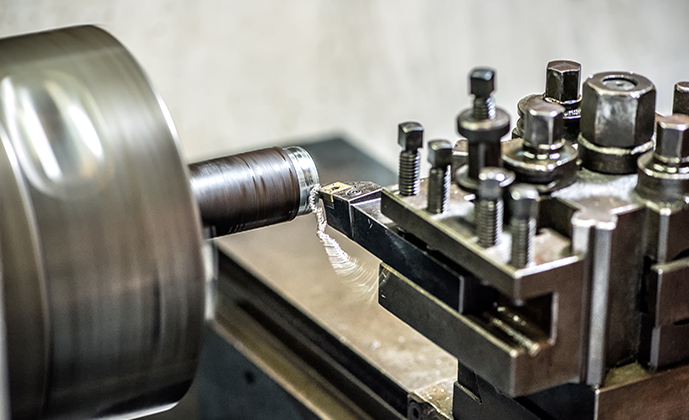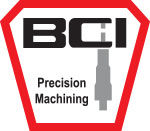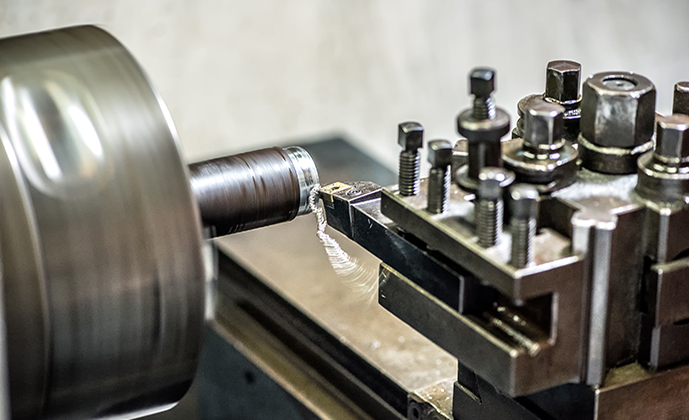
The term “Precision Machining” is a reference to the process that produces many of the objects we use both in our daily lives, and in high-tech industries. The world’s most complex engineering feats require a multitude of precise parts that work together to create a final product. This is as true with medical devices as it is with nuclear reactors that provide us energy.
One would be hard pressed to find a tool used in our modern world that did not require precision-machined parts. Therefore, it remains one of the most vital cogs of the world’s major industries. For some, this field can be hard to understand, which is why we recommend reading on to learn more about the process.
Precision Machining requires the ability to work within a set of drawings and models, either hard copy or electronic down to the finest detail. Even the most minor deviations are not acceptable and can ruin a project. Therefore, it’s especially important to work with a company that knows the business inside and out, and has the experience necessary to tackle the most demanding jobs. These skilled individuals often take 2-dimensional data, produce 3-dimensional models, generate required toolpaths and produce an actual part from a solid billet or bar to the designer’s original concept using the Precision Machining process. How does this work, one might ask?
Choosing the right size of raw material is the first step. The idea is to subtract away superfluous materials to form a shape. This is accomplished via machining tools such as sophisticated computer-controlled lathes, milling machines and grinders that whittle an item down to its exact print specifications. It’s an extremely technical procedure requiring strict adherence to guidelines. Some popular and common materials used in Precision Machining include carbon steels, stainless steels, engineered plastics, ceramics, glass, to name but a few. As substrate material is removed, these various materials are shaped to produce their end product. Once completed, these components are cleaned, sharp edges removed, cleaned again, dimensionally inspected. They offer require subsequent non-destructive testing to ensure base material integrity and protective coating to prevent unwanted oxidation. Then inspected once again and finally shipped to the client to be used in the assembly of larger-scale projects.
The process goes far beyond just these steps, however. The right producer needs to understand prototyping and volume manufacturing in order to service client’s needs correctly. For instance, B.C. Instruments employs a system which allows us to rapidly prototype a client’s required project and quickly work out a timetable for completion and delivery. This system has allowed us to stay robust as we service clients across a huge span of industries.
The types of tools used in Precision Machining are varied and highly complex pieces of machinery requiring the use of a skilled operator. These include the following:
- MILLING MACHINES – These machines are used to shape materials to their exact size using moving parts that subtract from the base material. These are some of the most common forms of Precision Machining.
- LATHES – These rotating tools are controlled by a CNC computer which is designed to carve intricate designs out of base materials. Some are customized depending on the project in question.
- LASER ENGRAVING – High powered lasers are able to make cuts into specific materials in order to further shape the final product. They may also be used to mark particular materials with pertinent info such as instructions, trademarks or product codes.
There’s so much that goes into Precision Machining that it’s impossible to go over every aspect, and that’s to be expected of a field so closely linked with everything that makes our world function as one would expect. For more information on the process of Precision Machining, we invite you to contact us today so we can discuss your next project.

